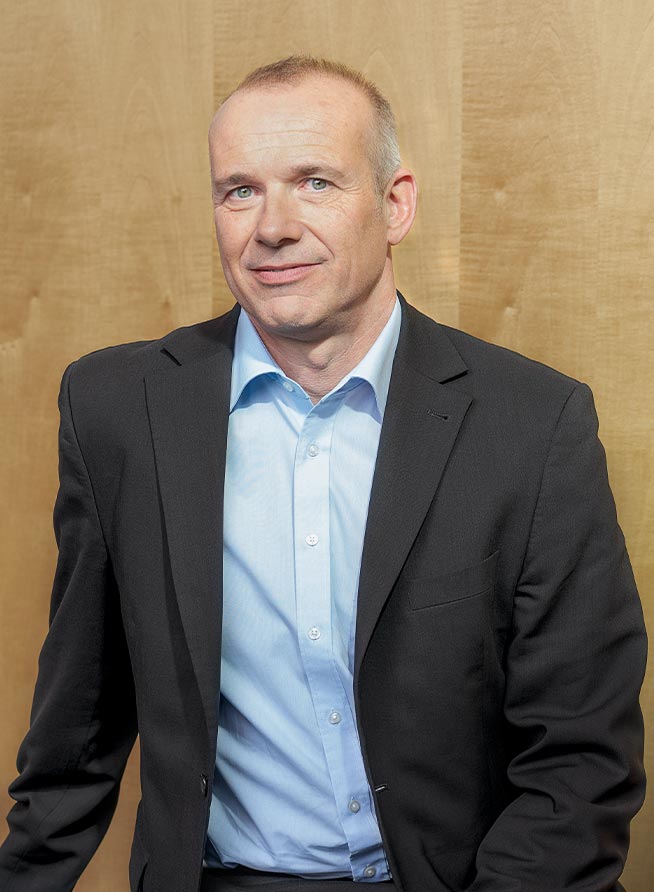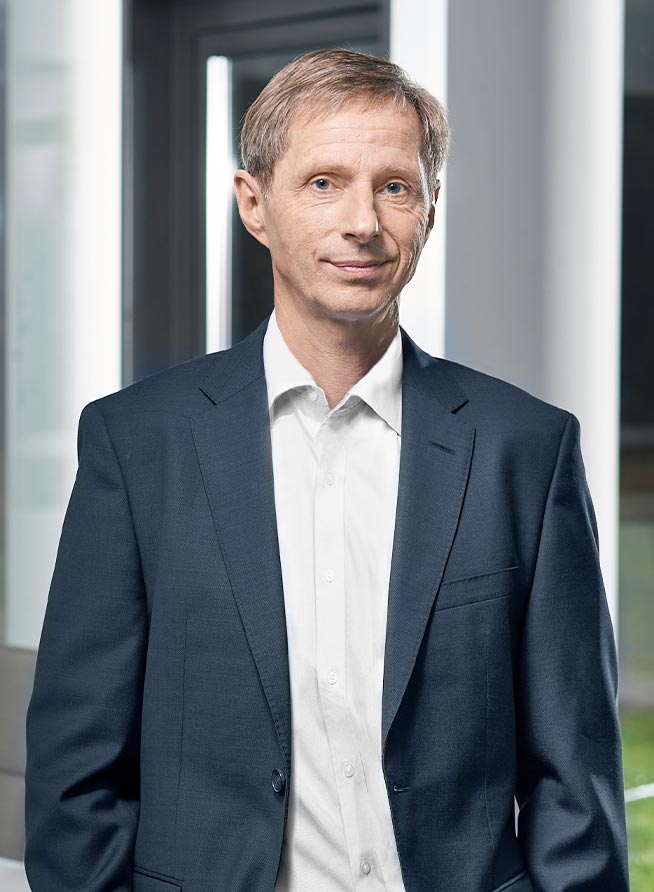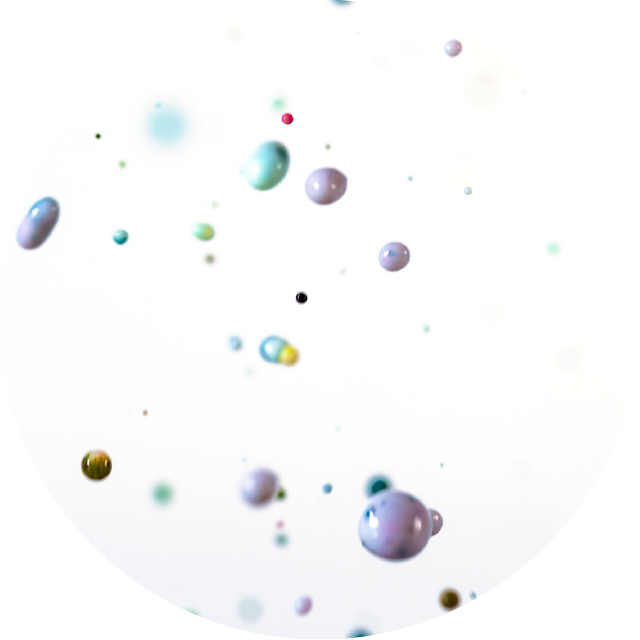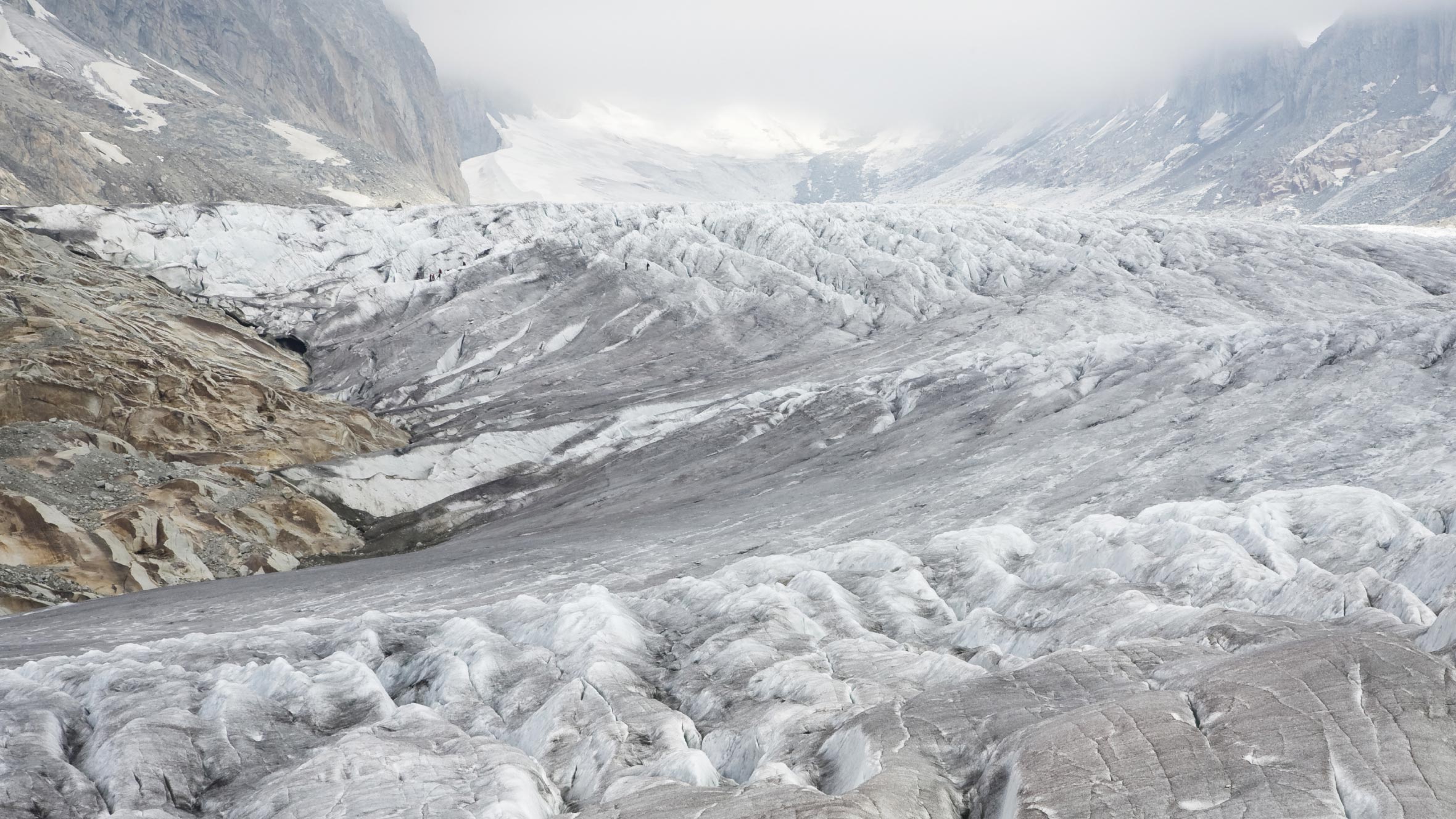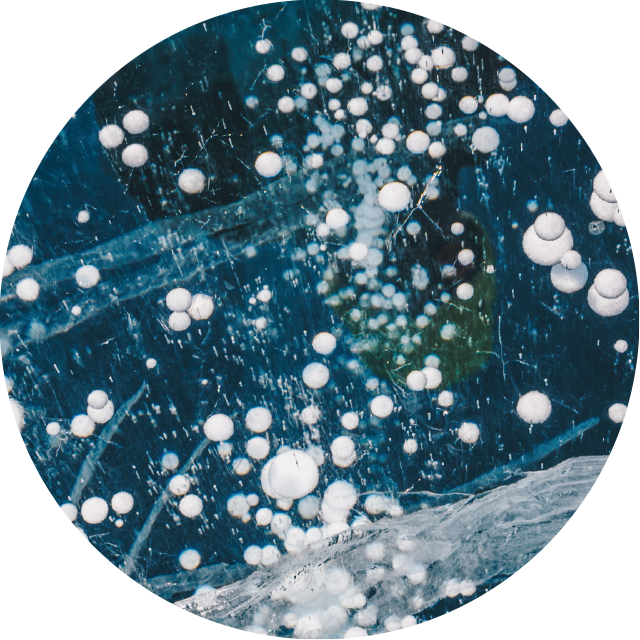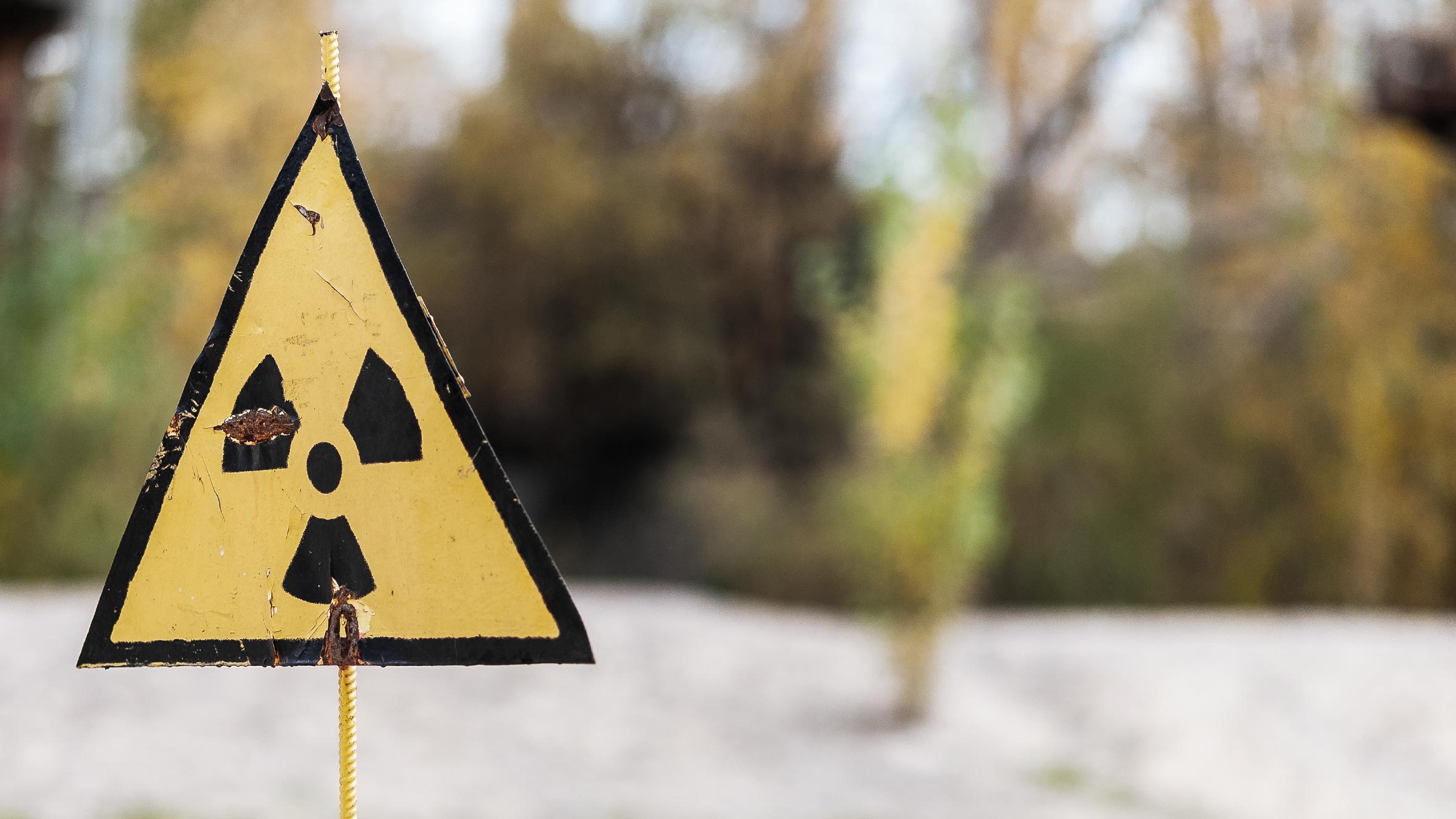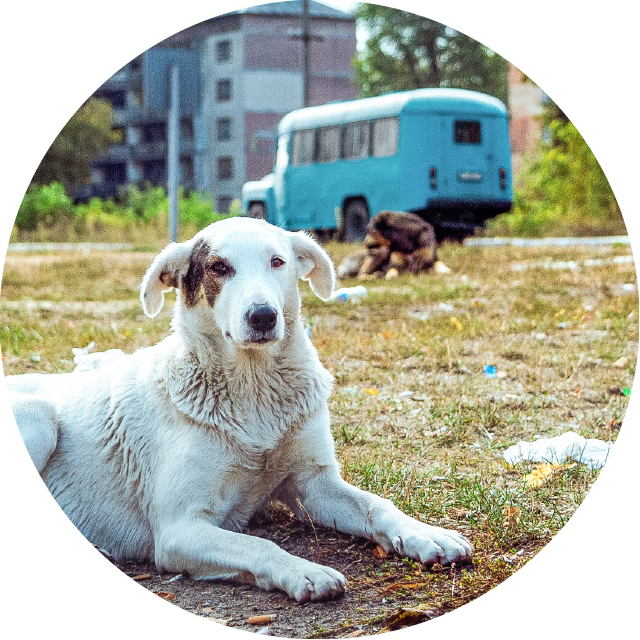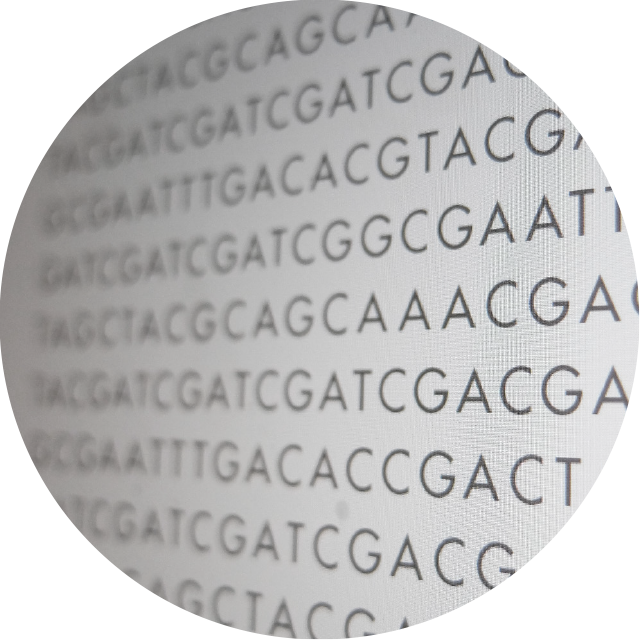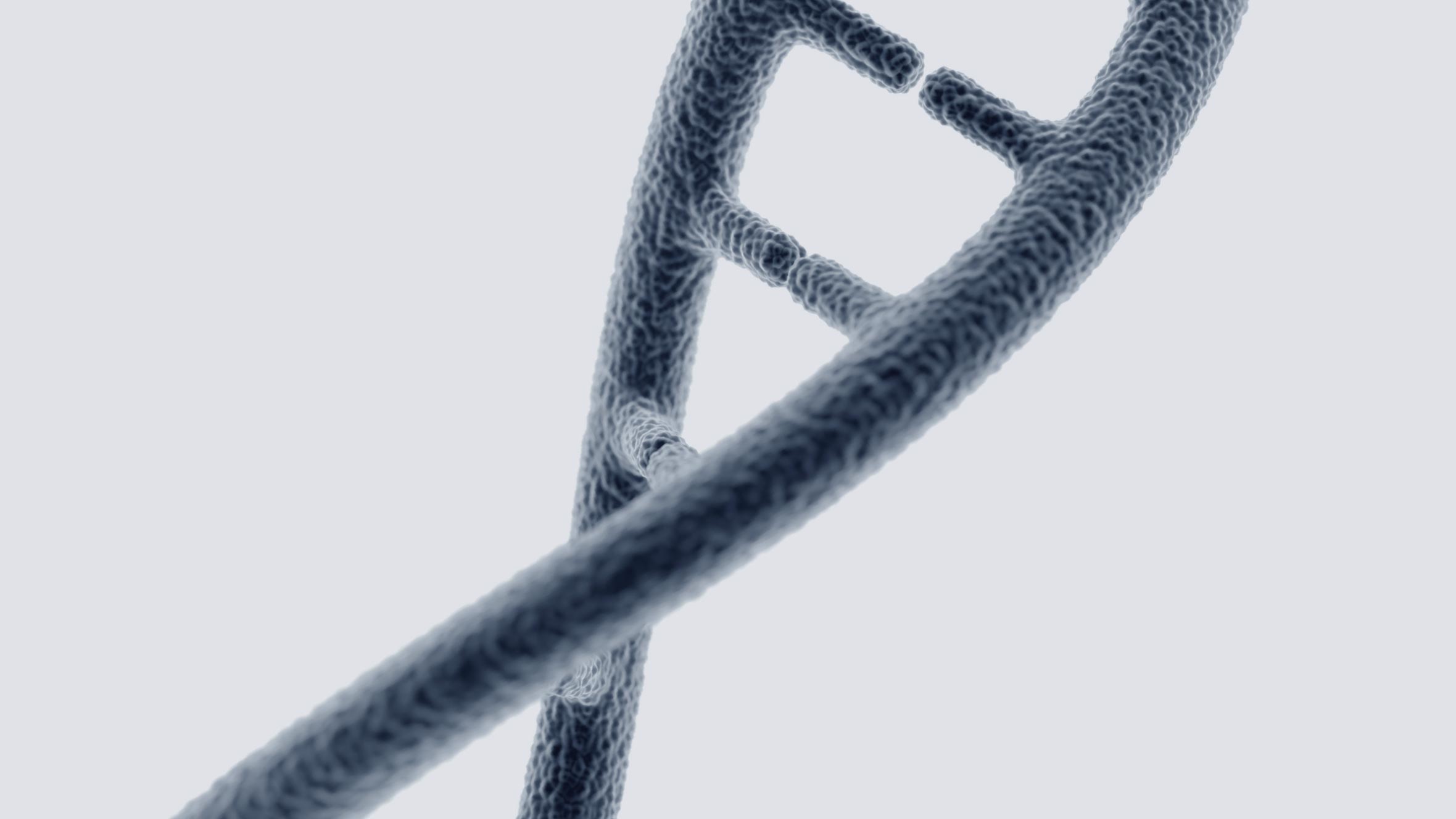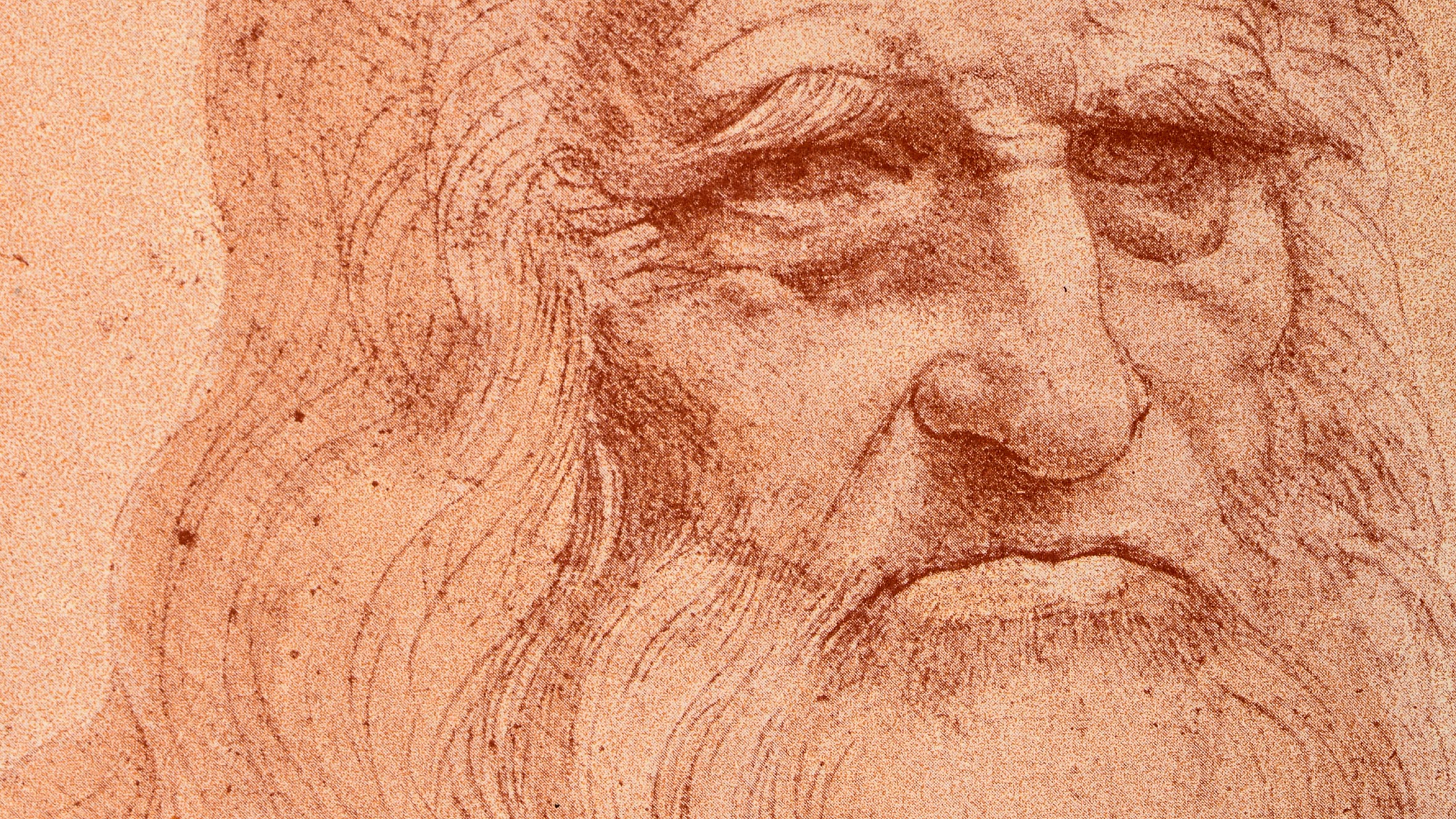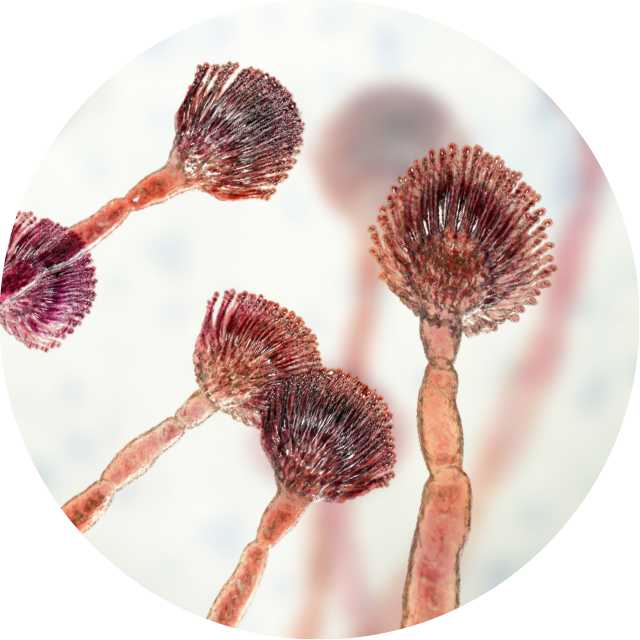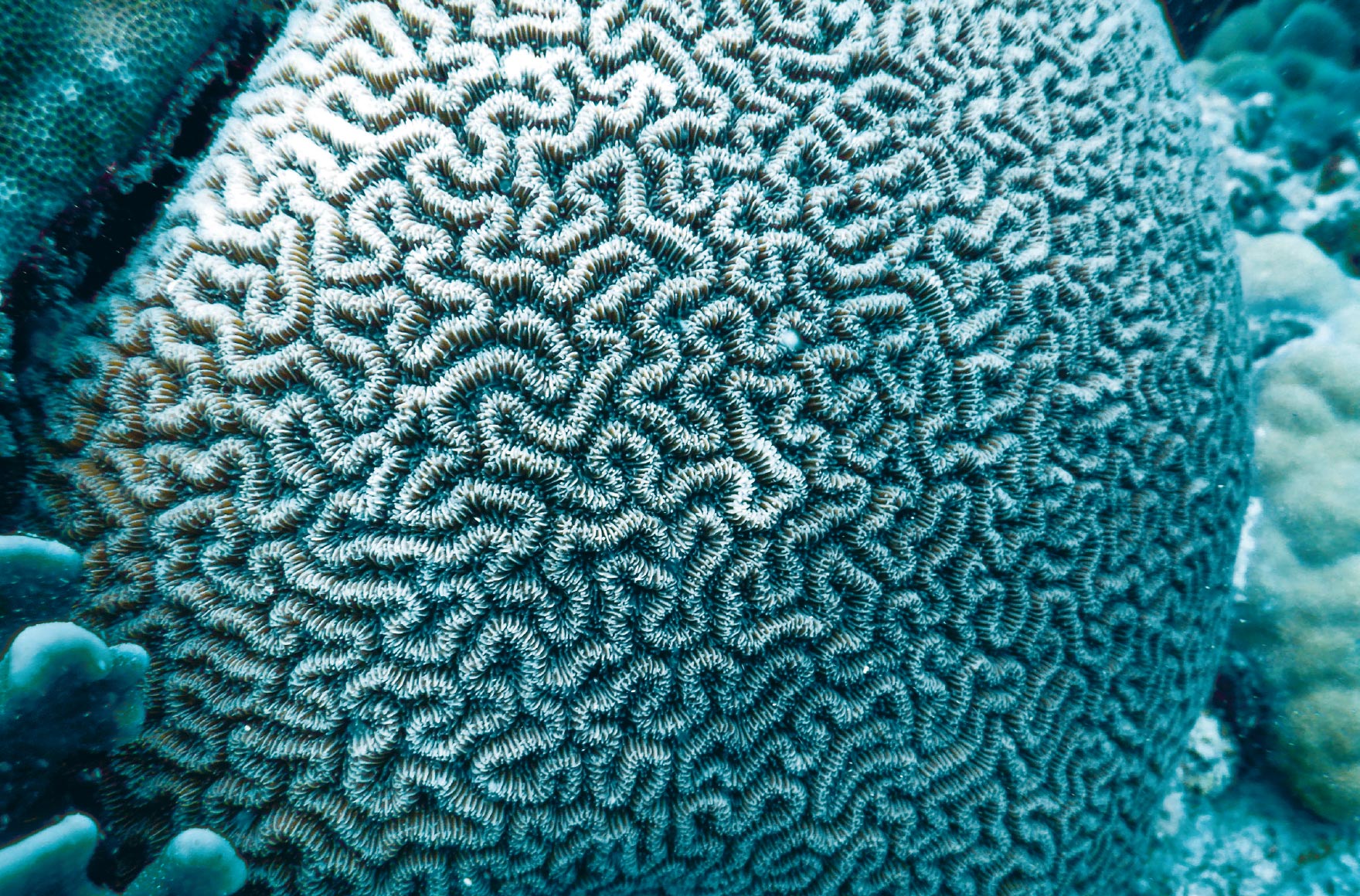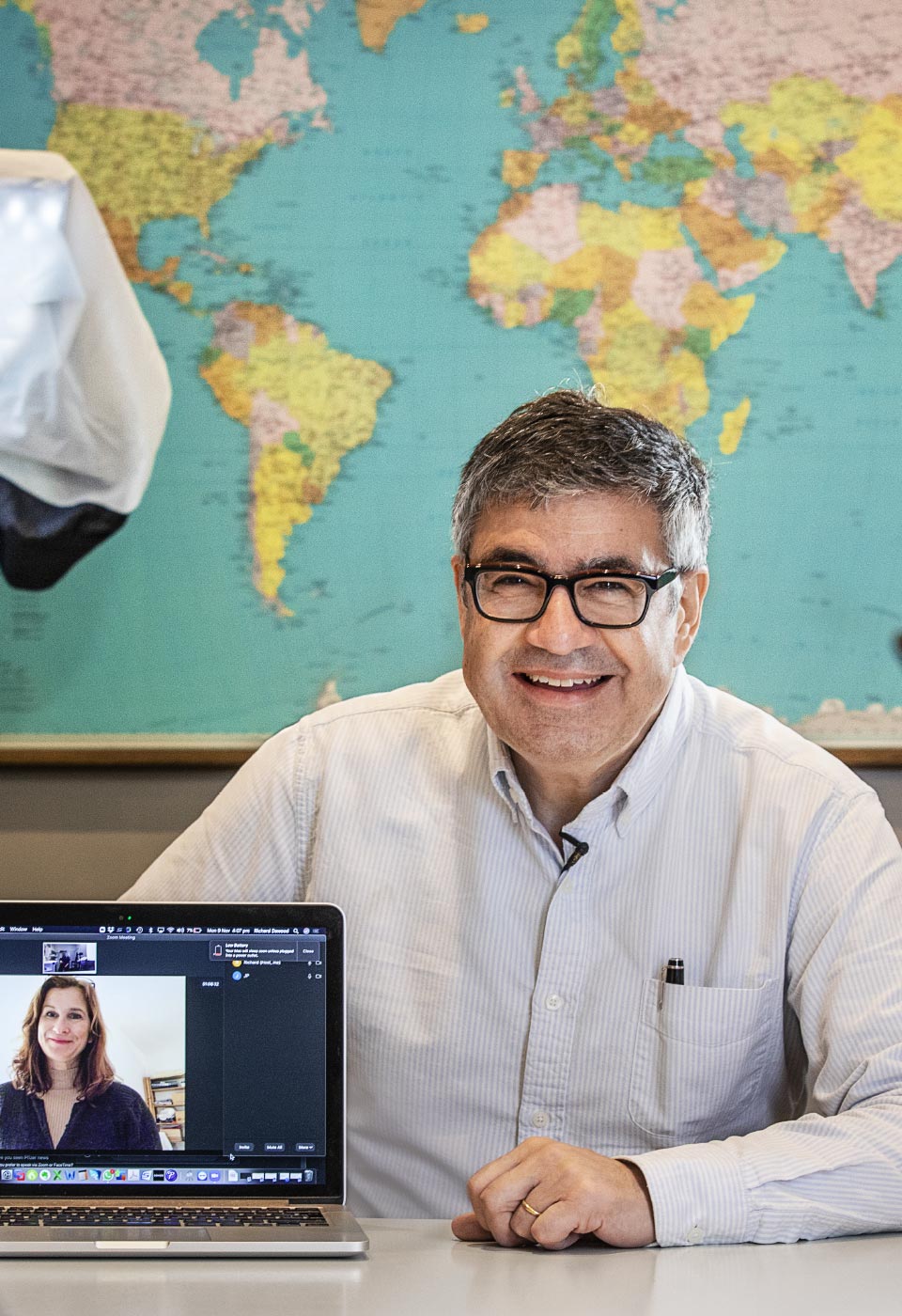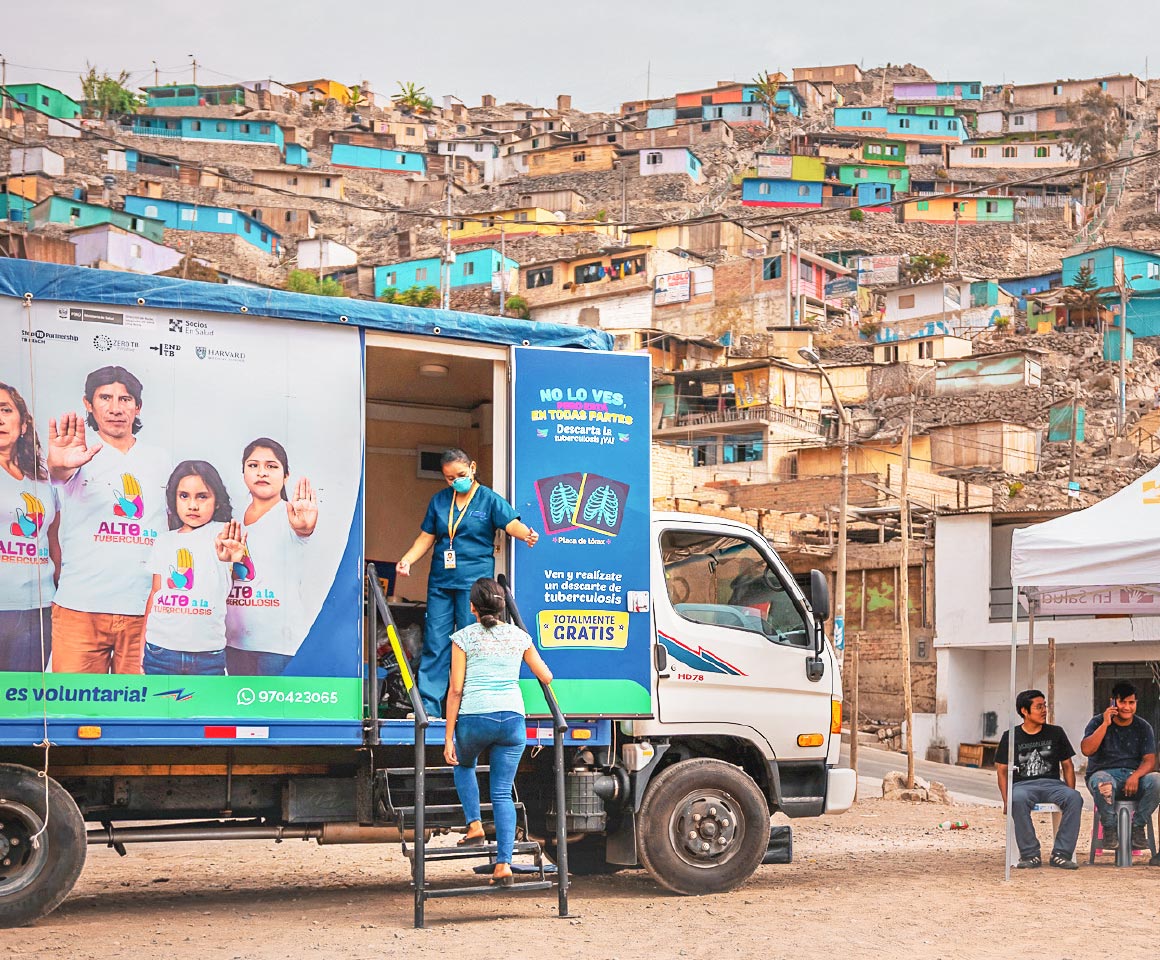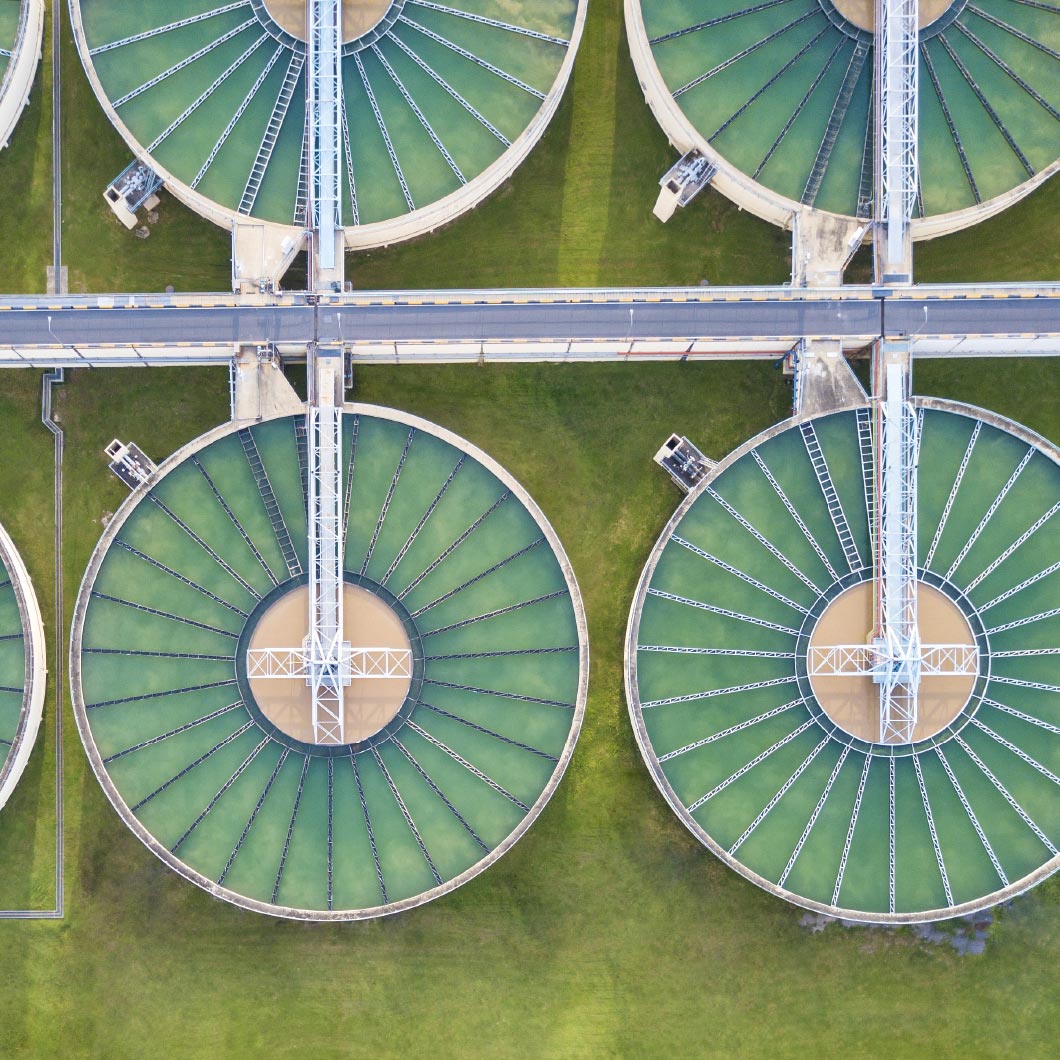Annual Report 2020


Beyond the Pandemic. Celebrating a goal or a home run in a packed stadium. Taking to the dance floor at a family wedding. Meeting friends for a drink or chatting with colleagues over lunch. The pleasures and freedoms we took for granted have been put on hold by a rampant virus that crossed all borders and brought normal life to a halt. And it reminded us of our mortality, our vulnerability.
Like the rest of the world, QIAGEN had to quickly adjust. We also reacted with agility and urgency to join the fight against the pandemic. We developed new tests in record time, and then produced them in mass quantities. We strove to help large numbers of people return to work safely and a semblance of normal life.
Internally, we adopted new ways to work and communicate. Externally, we had to stabilize our supply chains. Yet while we are COVID-relevant, we are not COVID-dependent.
As vaccination rates rise, a post-pandemic era is coming into view. And if another pandemic were to strike in the future, we have all learned valuable lessons and will be fully prepared. Times remain uncertain, but innovations are pointing ahead. Sometime soon, we’ll all be heading back out on to the dance floor, to the beach, on a long-distance journey – and to a life beyond the pandemic.
READ FULL TEXTOur key figures
The year 2020 by the numbers
“This pandemic has proven the crucial importance of molecular testing in the research and healthcare value chains.“ Thierry Bernard, Chief Executive OfficerTo the CEO Letter
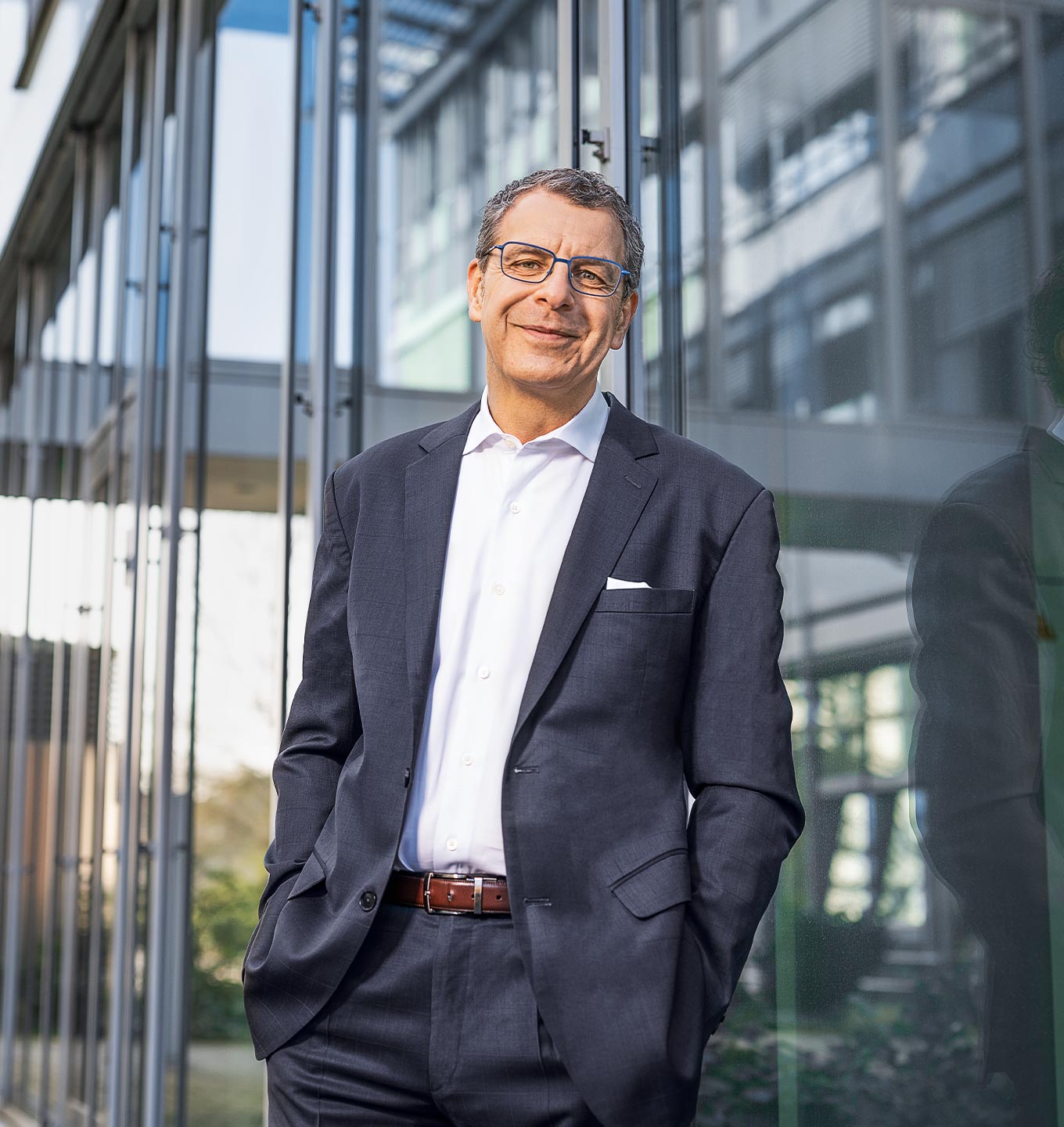
- Overview
- Management Report
- Governance
- Non-Financial Statement
- Financial Results
- Appendix

